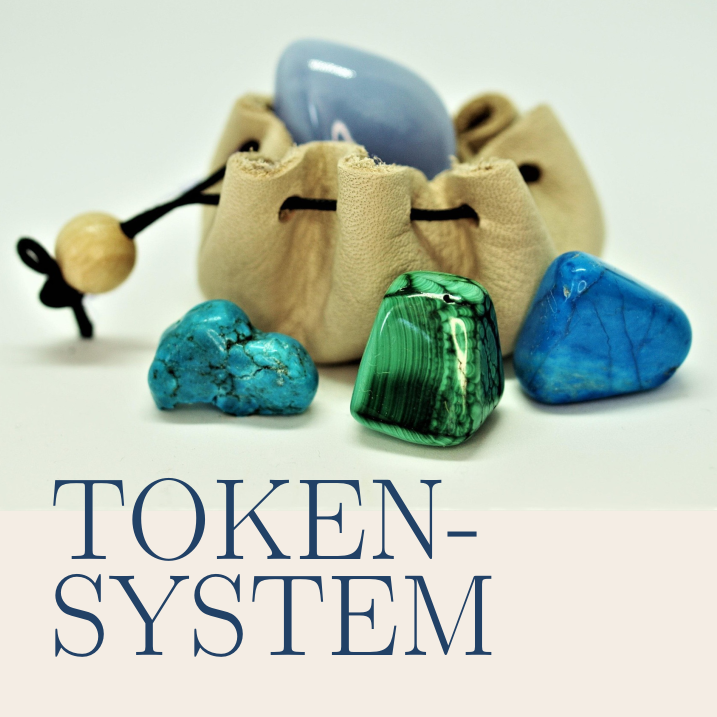Check our new E-Books for FREE! Click Here!
Understanding ADHD | Is ADHD really a disease?
ADHD is a common diagnosis among children and adolescents. Unfortunately, it's often misunderstood. There's a lot you can do to help your child!

ADHD (Attention Deficit/Hyperactivity Disorder) is a common diagnosis in children and adolescents. The disorder often brings with it challenges that not only affect the individuals themselves, but also parents, teachers, and other important figures in their lives. While the prevalent view treats ADHD as a neurological disease, there are also alternative views that place children’s behavior in a broader context. This article illuminates both perspectives and provides parents with practical assistance if they suspect their child may be affected by ADHD.
What is ADHD and how does it manifest itself?
ADHD describes a pattern of inattention, hyperactivity, and impulsivity that goes beyond what is considered normal for children of the same age. Children with ADHD may have difficulty focusing, completing tasks, or sitting still. Typical symptoms include:
- Inattention:The child easily becomes lost in thought, forgets tasks or details, and often seems absent-minded.
- Hyperactivity:Noticeable fidgeting, constant movement or the need to always “do something”.
- Impulsivity: Difficulties in paying attention to one’s own actions, e.g. interrupting others or making decisions without thinking.
7 SOS Strategies for Stress with Children
DownloadThe Diversity of Manifestations
ADHD presents differently in every child. Some children are primarily inattentive and dreamy (“primarily inattentive type”), while others are particularly impulsive and hyperactive (“primarily hyperactive type”). Many children show a mixed form. It’s important to note that these symptoms do not only occur occasionally, but over a longer period of time and in various areas of life (e.g., school, home).
The Common Perspective on ADHD
The majority of experts view ADHD as a neurobiological disorder, resulting from dysfunction in specific areas of the brain, especially the prefrontal cortex. These regions control, among other things, attention, impulse control, and planning. Studies show that neurotransmitters such as dopamine are often inadequately regulated in individuals with ADHD.
Diagnosis and Treatment
- Diagnosis:
- Anamnestic interviews with parents and teachers.
- Behavioral observations in various contexts.
- The use of standardized questionnaires or tests.
- Treatment:
- Medications that regulate neurotransmitter activity in the brain.
- Behavioral therapy that helps children and parents develop strategies for everyday life.
- Educational measures, e.g. special support in school.
An Alternative Perspective: Is ADHD Really a Disease?
There are also voices that do not regard ADHD as a neurological disorder, but rather as a reaction to overwhelming demands in a stressful environment. This perspective assumes that children with ADHD react more sensitively to external stimuli and have different needs, which are often overlooked in today’s world.
ADHD as an Adjustment Difficulty
Instead of viewing the behavior as a symptom of an illness, critics see it as a sign that a child isn’t receiving the necessary support or the right environment. Stress factors can include:
- An overwhelming school routine.
- Little freedom for movement and creativity.
- Emotional insecurities, e.g., lack of attachment or conflicts within the family.
Danger of Medicalization
This perspective emphasizes that while medication can dampen symptoms, it does not fix the true causes of behavior. Critics warn that hasty medication can discourage children and parents from seeking alternative solutions.
What Parents Can Do: Practical Help for Everyday Life
- Observe and Understand:
- Observe the situations in which your child is struggling. Are there patterns or specific triggers (e.g., stress, fatigue)?
- Write a behavior log for several weeks to better recognize these triggers.
- Pursuing a Holistic Approach:
- Emotional Security: Consciously spend time with your child.
- Creating routines: Clear daily structures help reduce feelings of chaos.
- Reducing stress: Avoid overwhelming your child with too many tasks or expectations.
- Introduce Structure and Rules:
- Use visual aids such as plans or checklists.
- Set clear, simple rules and explain the consequences for their breaches. Important: Consequences should be logical and not punitive.
- Utilize Positive Reinforcement:
- Reward desired behavior immediately and clearly, e.g. through praise, small rewards, or point plans.
Alternative Approaches: Movement, Nutrition, and Mindfulness
Exercise helps to burn off excess energy and regulate brain chemistry. Studies show that sports such as running, dancing, or team sports can improve concentration and impulse control.
Nutrition: Foods high in sugar and processed foods should be avoided. Instead, foods rich in omega-3 fatty acids (e.g., fish, nuts) are helpful.
Mindfulness and Self-regulation: Simple breathing exercises, meditation, or yoga promote the ability to control impulses and relax.
Token-System – Reward-System
A token system is a method of positive reinforcement designed to encourage desired behavior in children. The basic idea is simple: A child receives a *symbolic reward* – a token – for a specific behavior. This token can later be exchanged for an actual reward. The system has its roots in behavioral psychology and has been successfully used for decades in schools, therapy settings, and families.
Check it out for FREE!ADHD as a Challenge and Opportunity
ADHD is more than a diagnosis – it’s an invitation to better understand the child and their needs. While medication and behavioral therapies can be helpful tools, the key often lies in a loving, supportive environment. Parents who are willing to broaden their perspective pave the way for a stable and happy family life.



